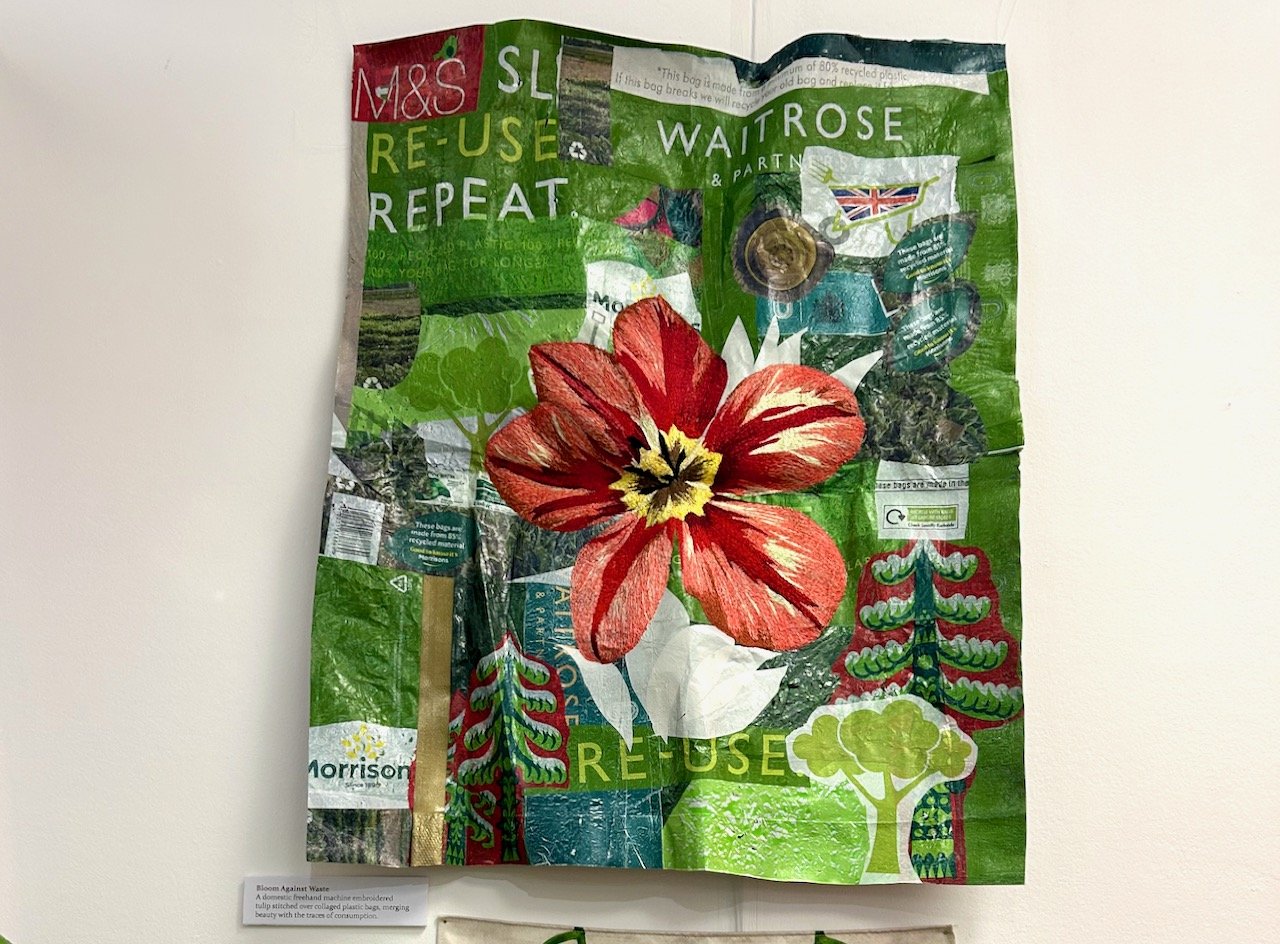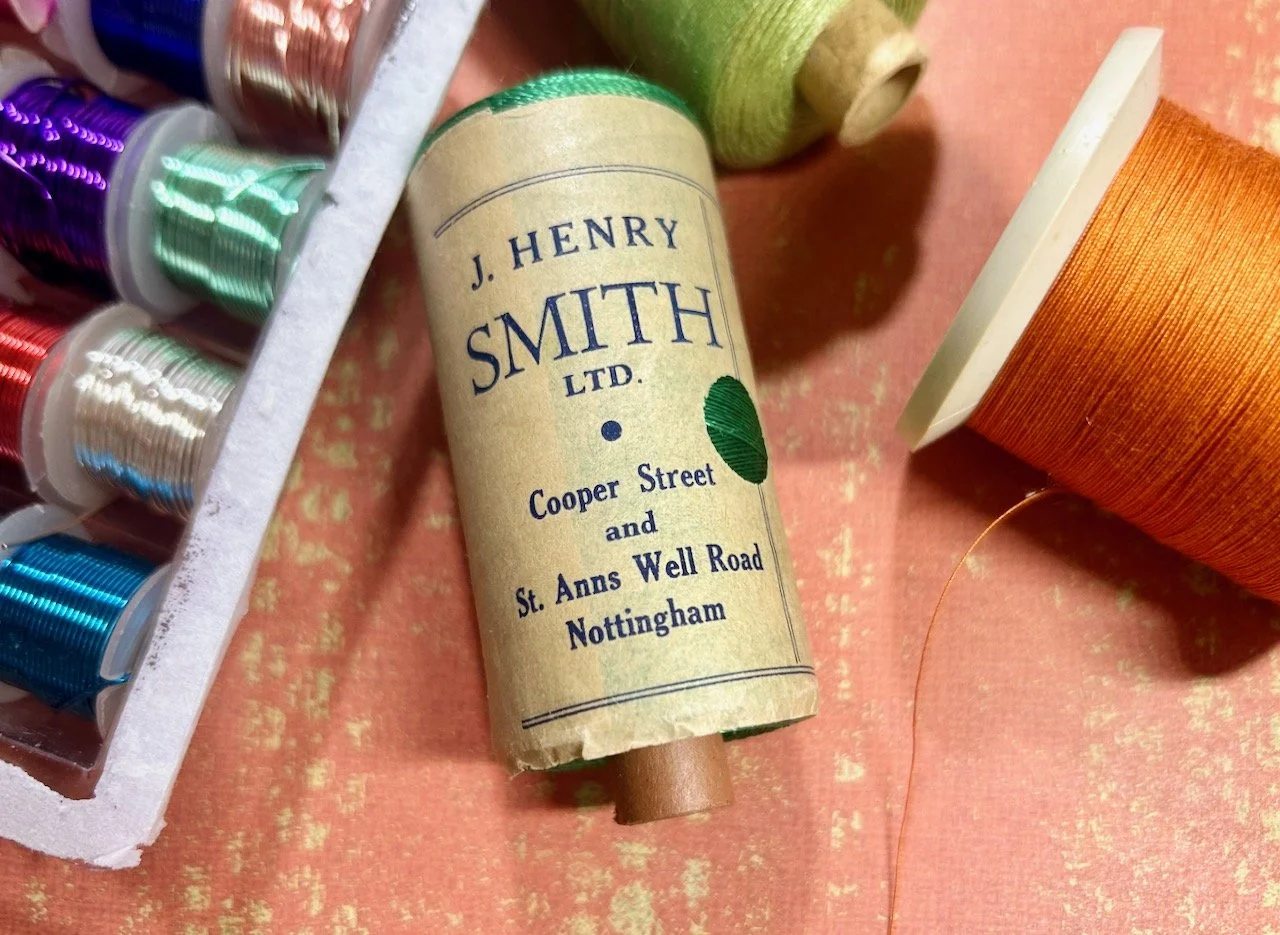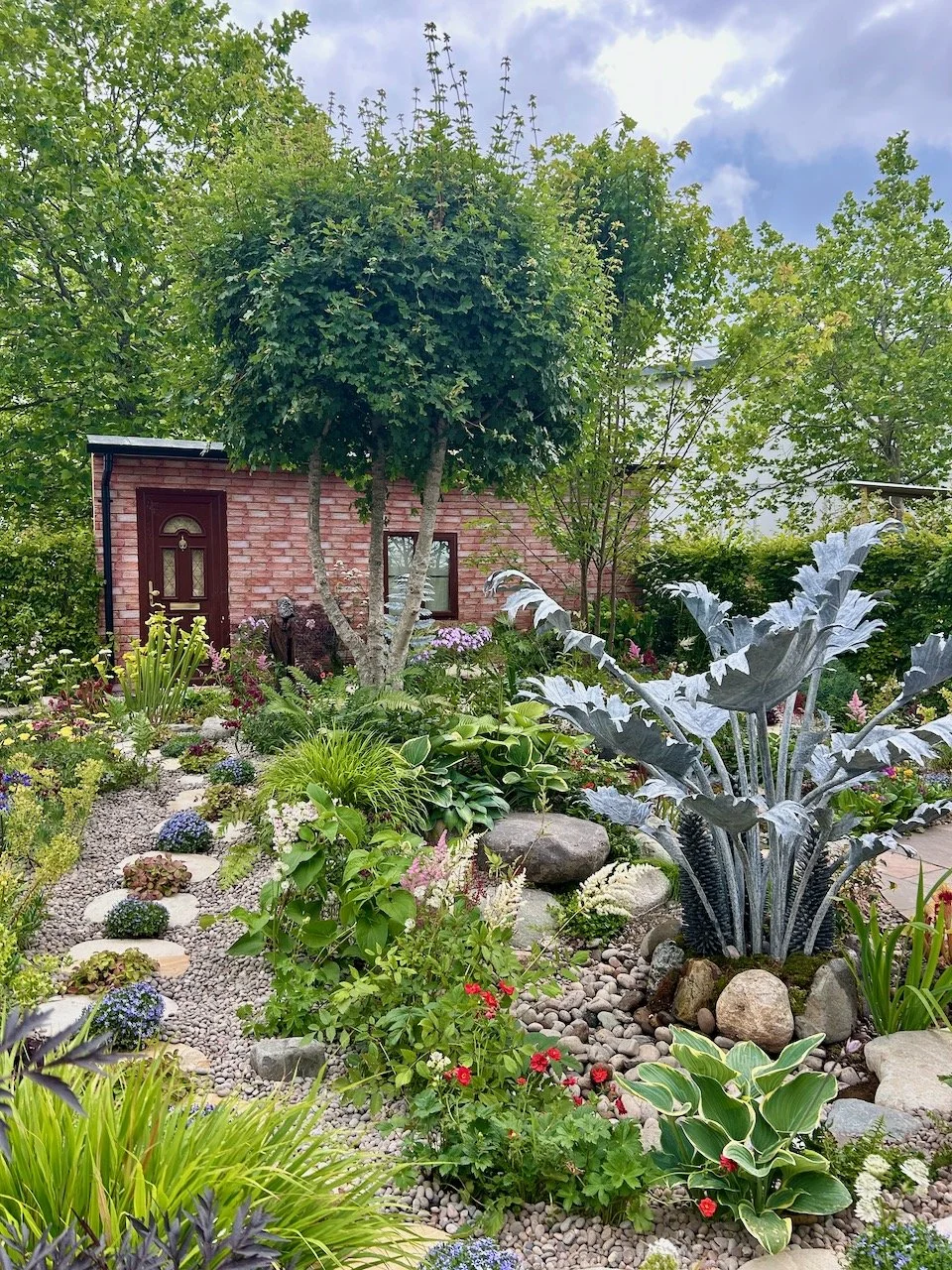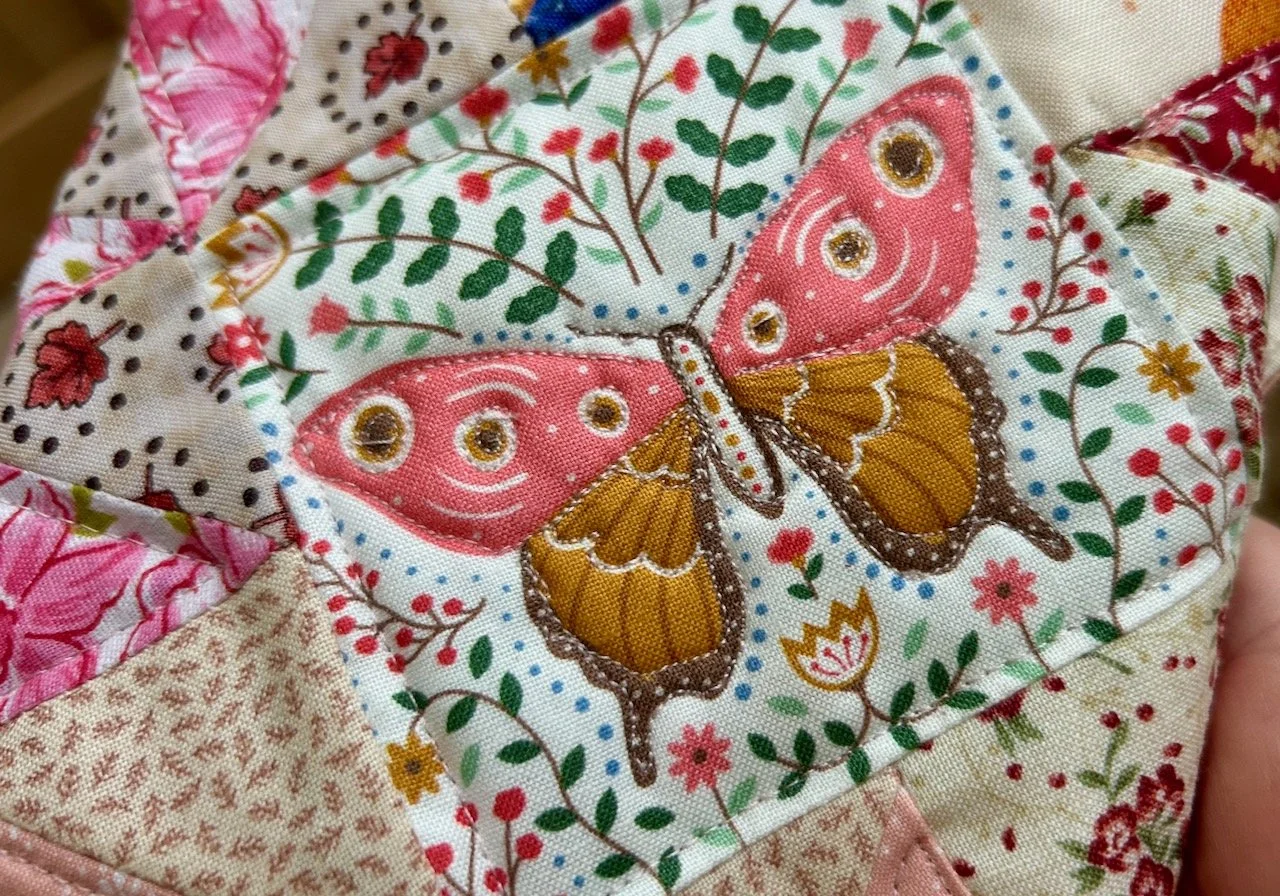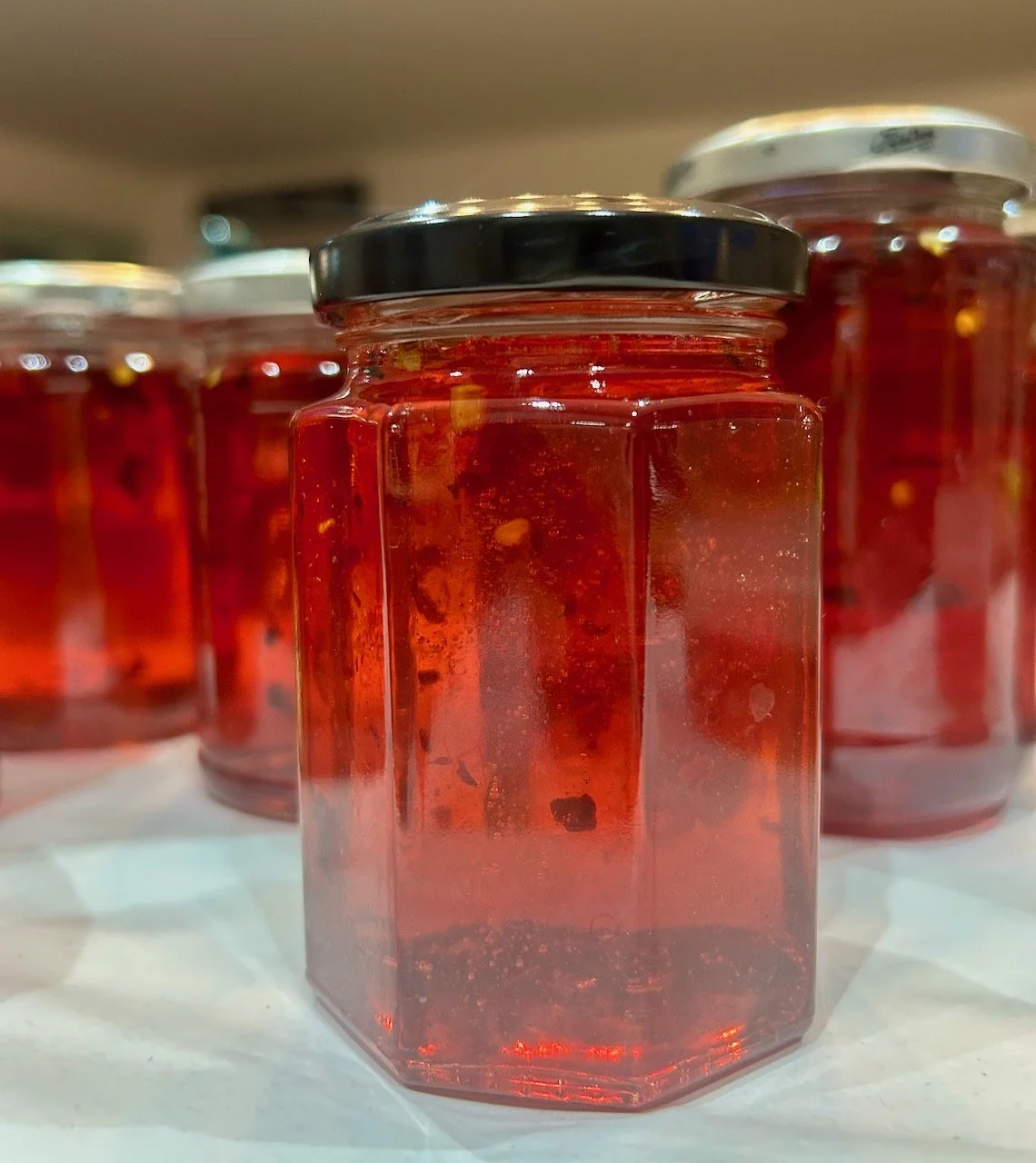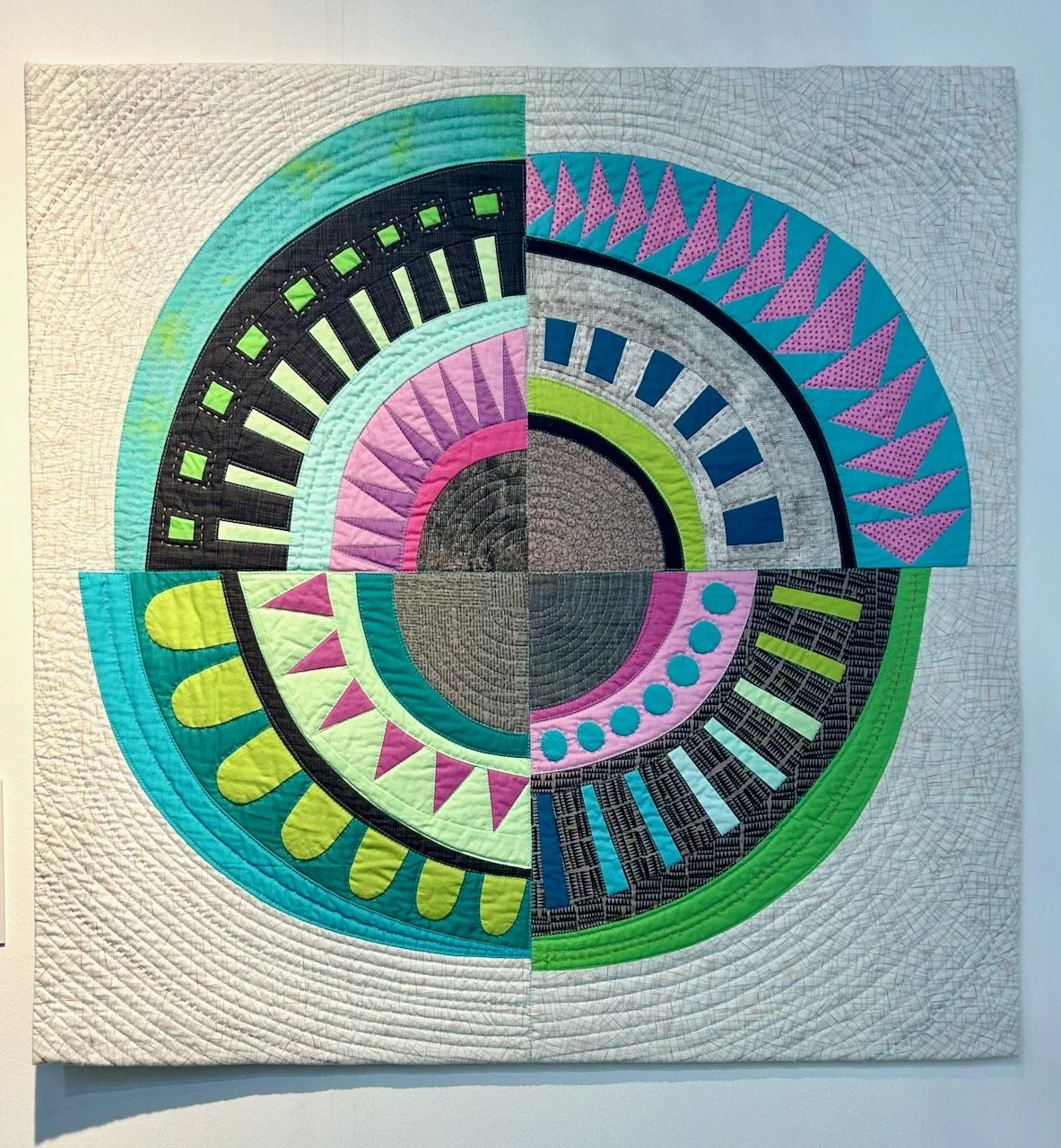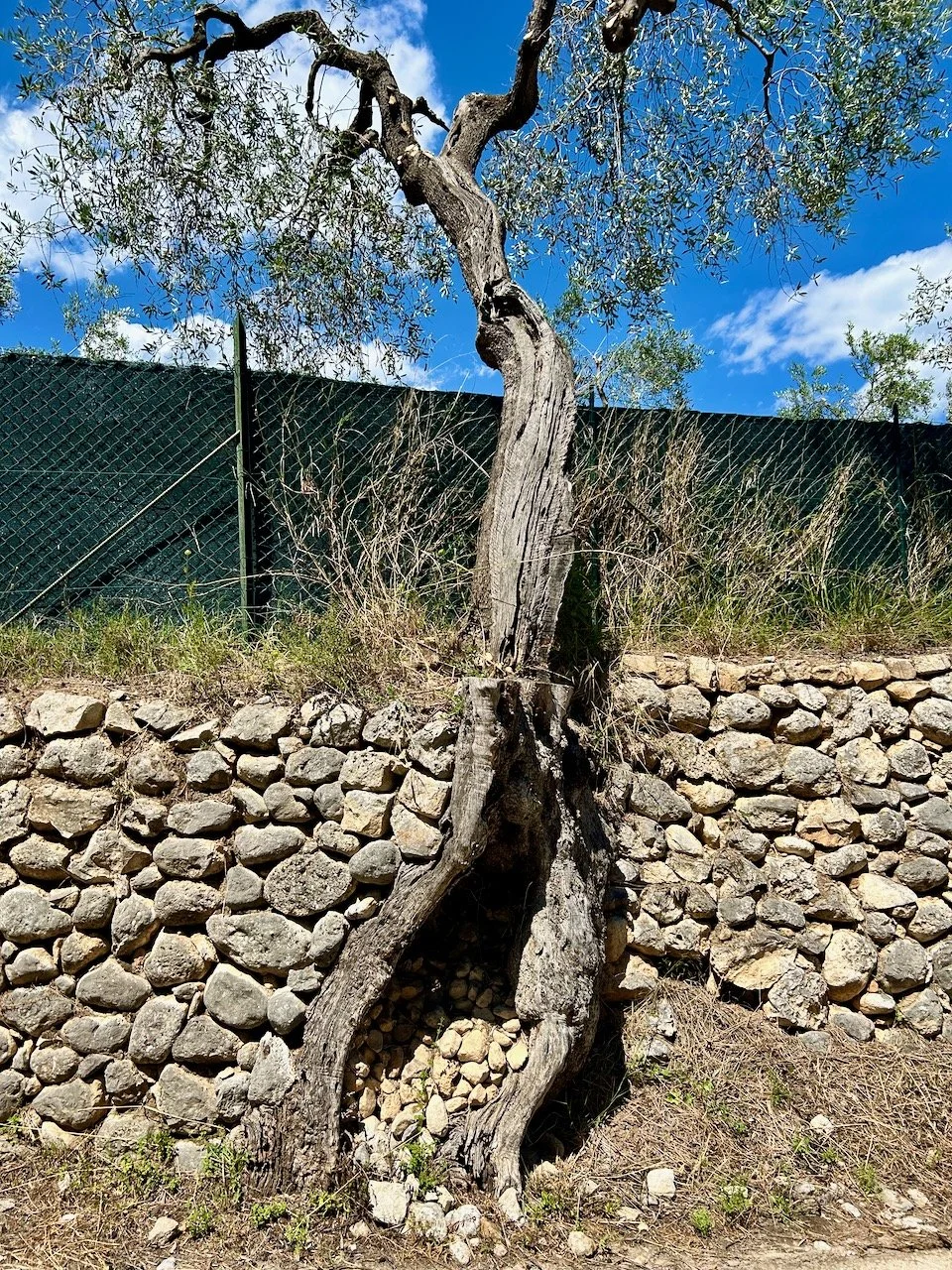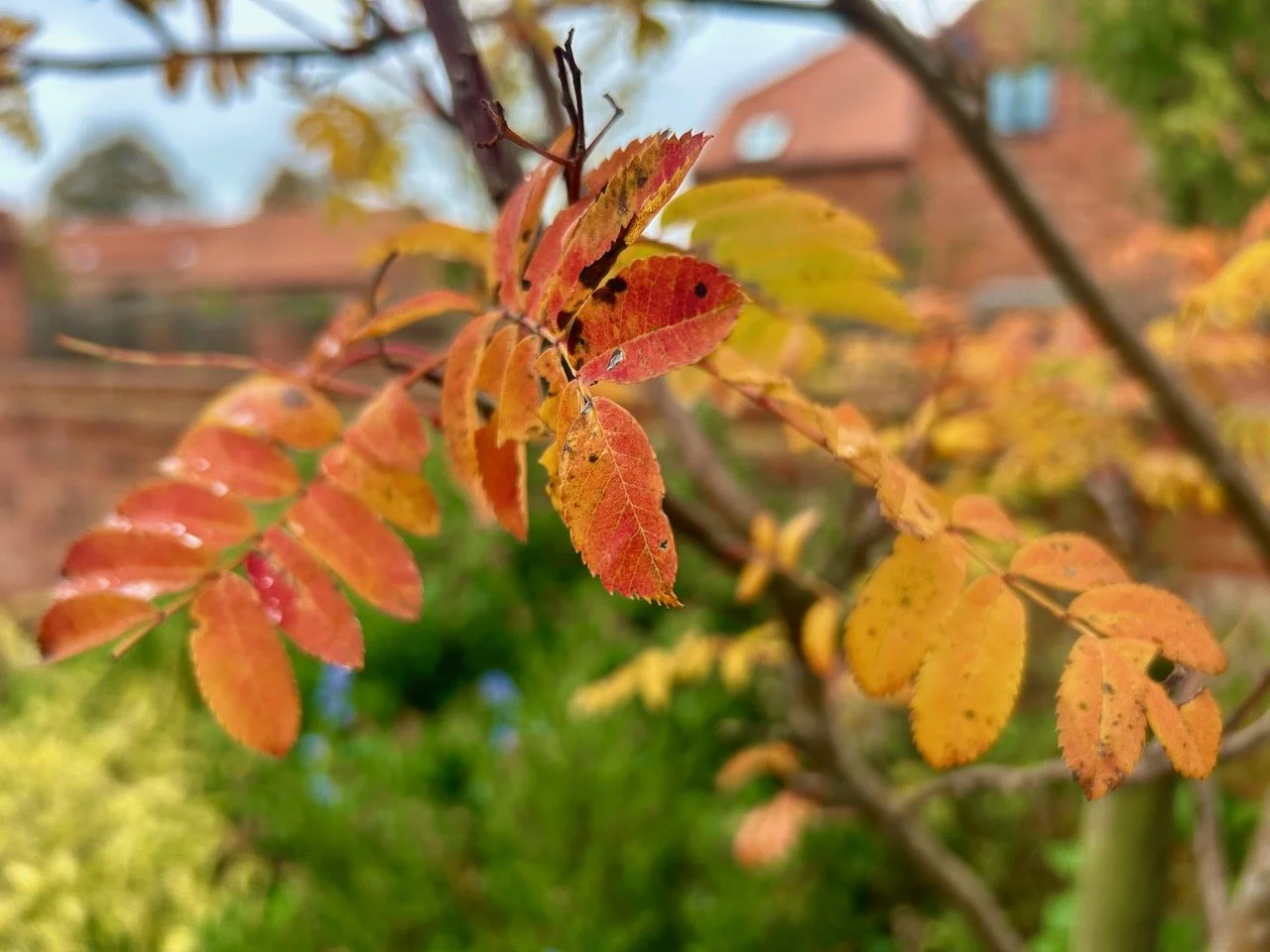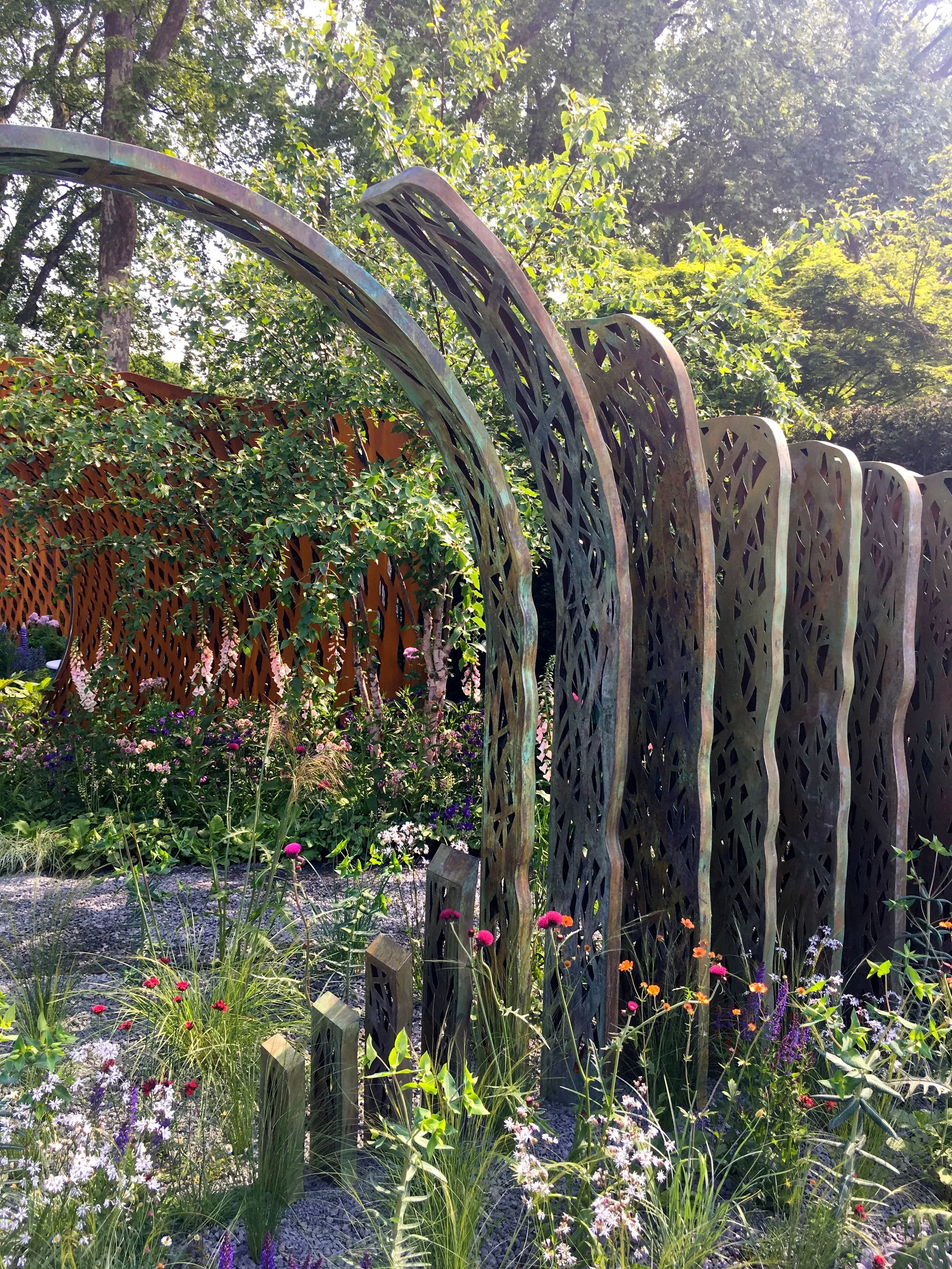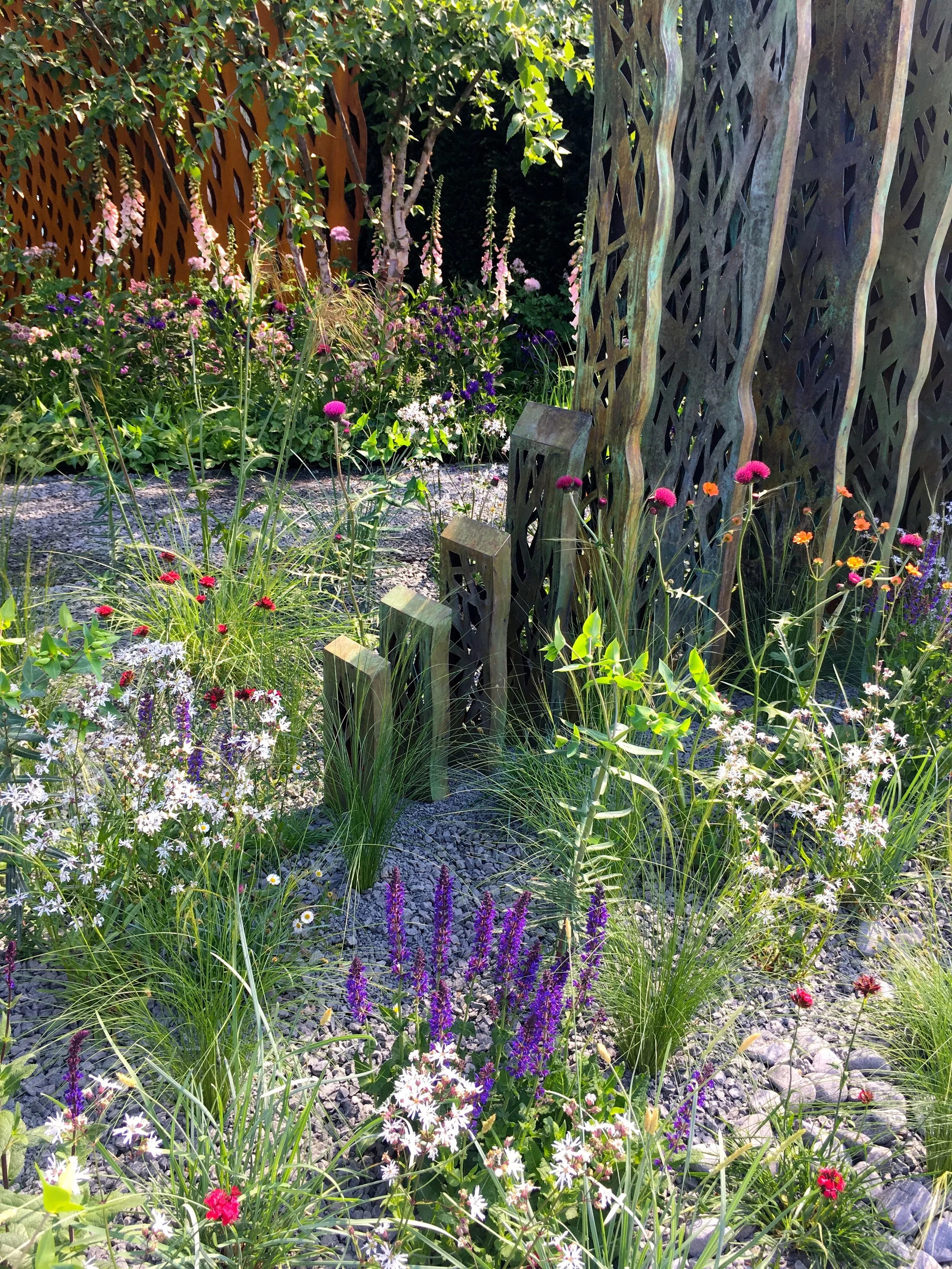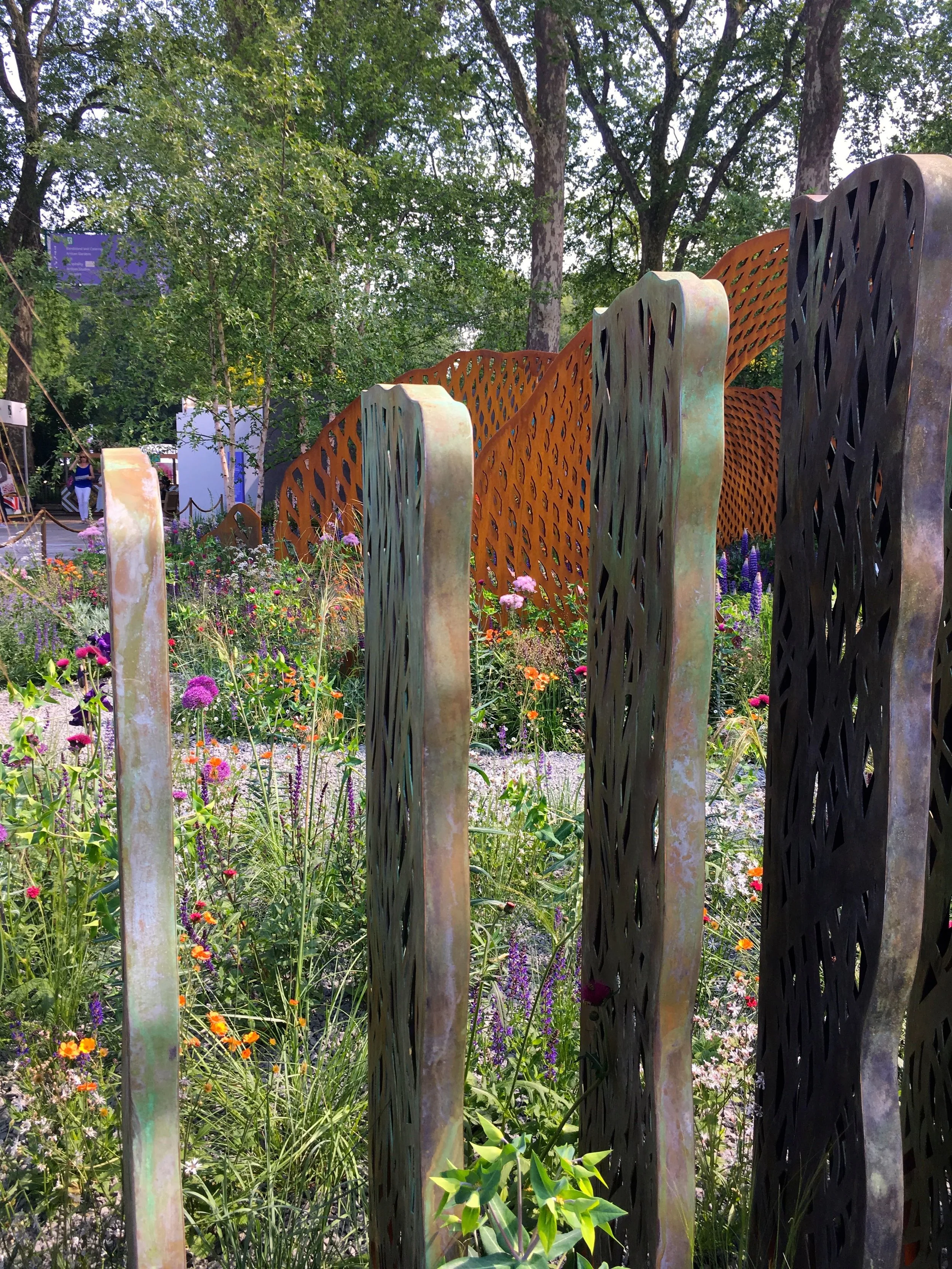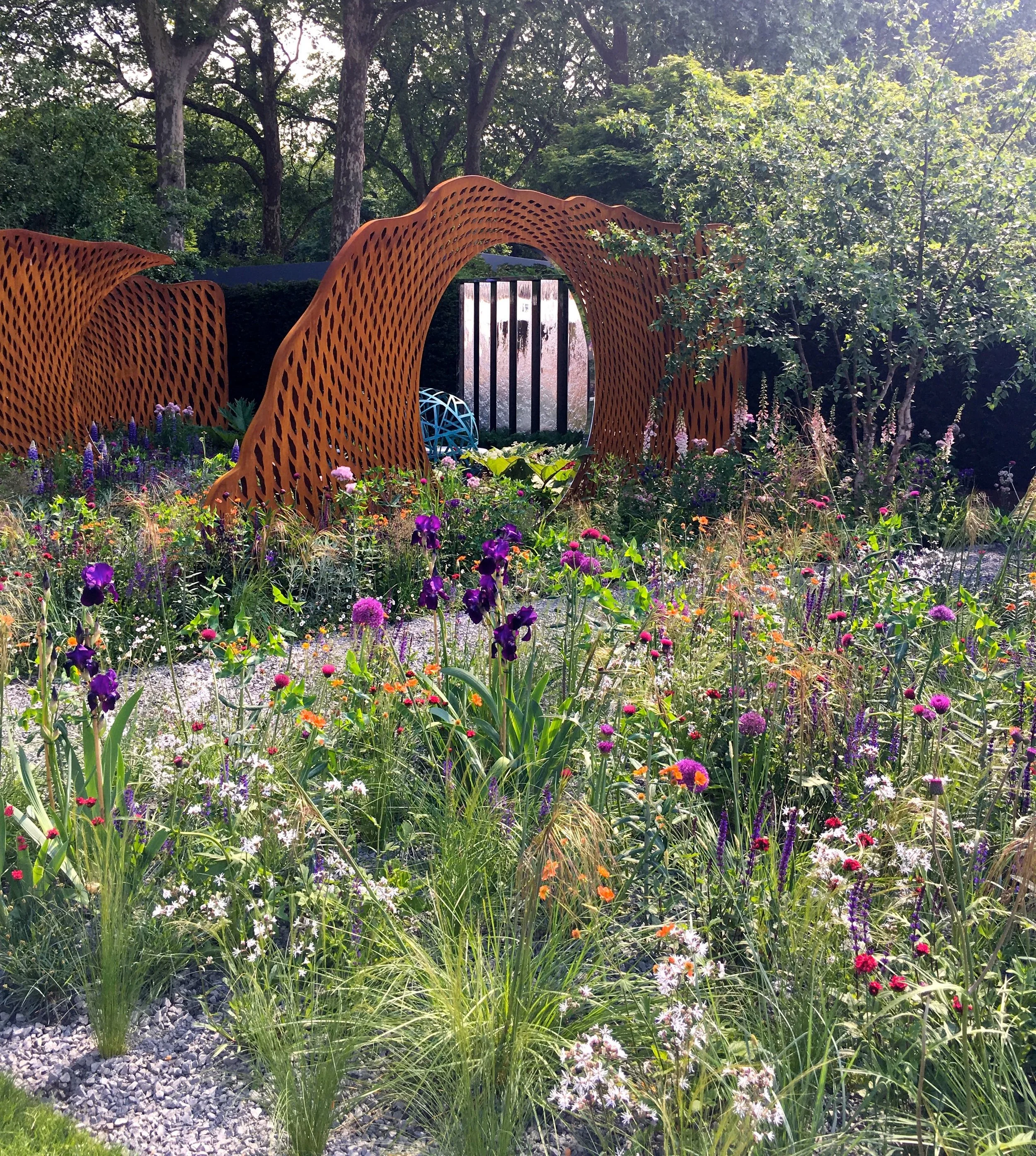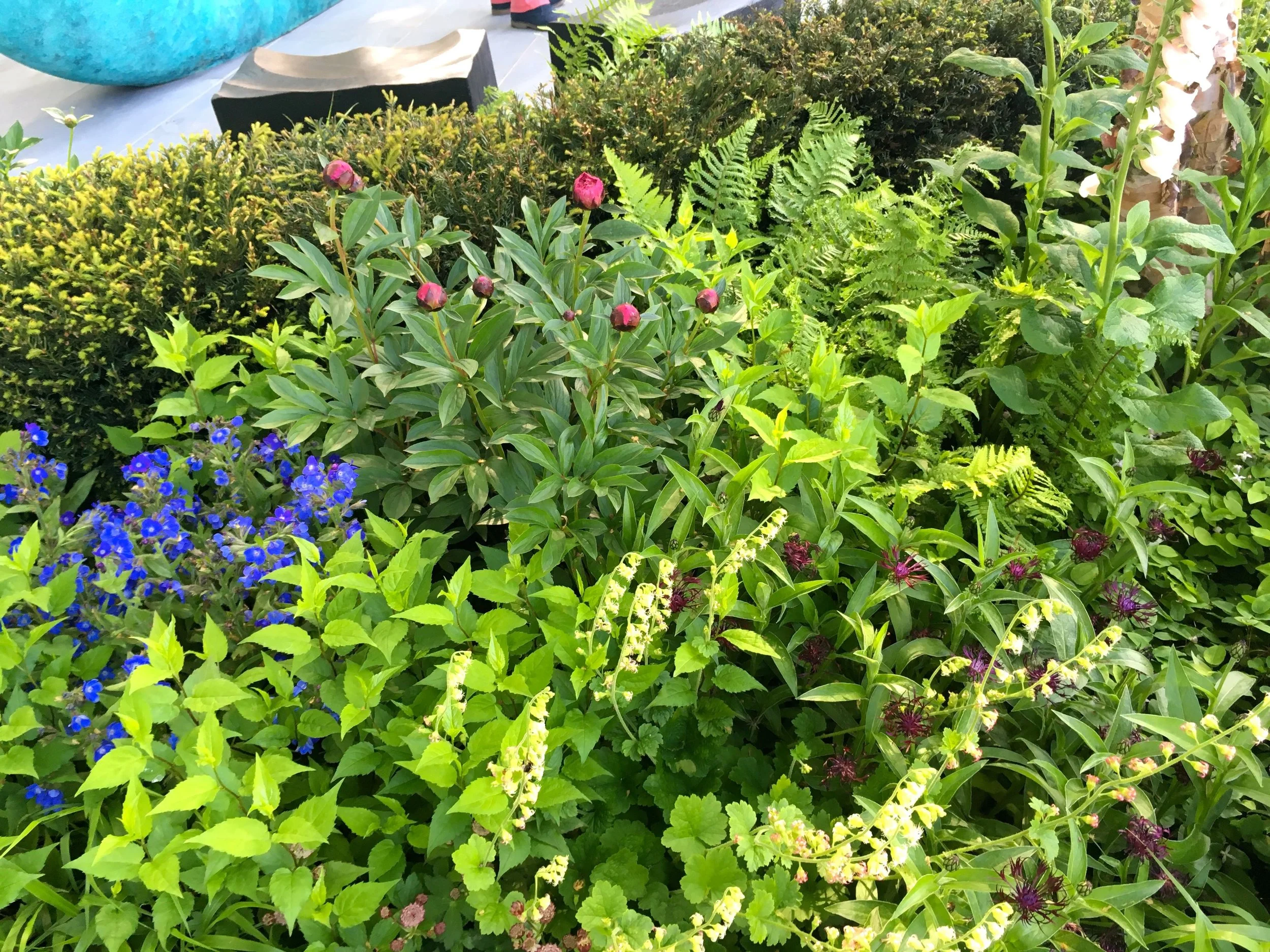The Chelsea Flower Show is long gone, and the RHS have even had another show already at Chatsworth and are no doubt gearing up for Hampton Court at the start of July, but I’ve much more to share from my day at Chelsea. You might have already seen pictures of the show gardens, but today I’m starting a series of blog posts sharing my views and thoughts on them. But be warned, I’ve quite a few gardens to cover so we could be doing this for quite some time...
First up is the bronze medal winning David Harper and Savills garden with its fantastic, and striking structures.
For something so large and imposing to also have the delicate pattern was a real contrast. It was a garden whose structures drew your eye through the space, which I learnt after the event was best viewed head on, and had much more going on than you first thought.
The plants add colour and interest to a gravel path, and dry gardens like this fascinate me. Its openness and lightness is quite the opposite of my own garden, which you’ll know is narrow and full of trees, so more like a woodland space, but maybe it’s because it’s so different, almost the opposite that it appeals.
Looking at the individual components of the structures, I couldn’t help but see a resemblance to grave stones, and once that thought entered my head I couldn’t shift it. Don’t get me wrong, the structure great, but his is one where it’s better to view it as a whole, rather than components.
I caught a glimpse of turquoise and so investigated further, by moving a few steps this sculptural bench was revealed. It’s the type of piece that would look good in any season, isn’t it?
And notice how the path has changed to brick. It’s almost like the garden equivalent of zoning an interior space to signify another purpose, and as you’d expect from a show garden at Chelsea is done, spectacularly well.
PEONIES ALMOST READY TO POP
At the very far end of the garden there was another burst of turquoise, and once again I headed round to see more, and when I did, I wondered how the local cat, or wildlife population would take to this one. I loved it, but can see this one might be a bit marmite.
My verdict: A garden I liked and admired for its boldness and colour, but one that I can see few elements of being replicated on the same scale in domestic gardens.
What do you think?

